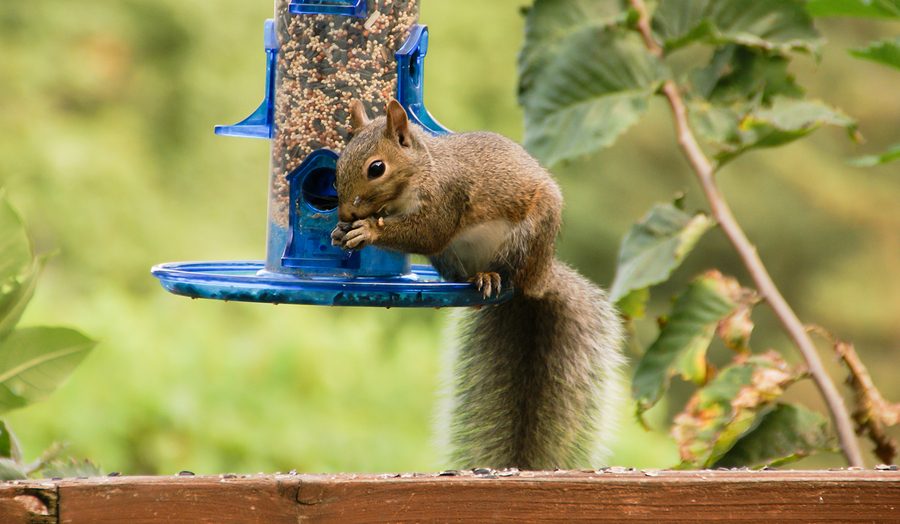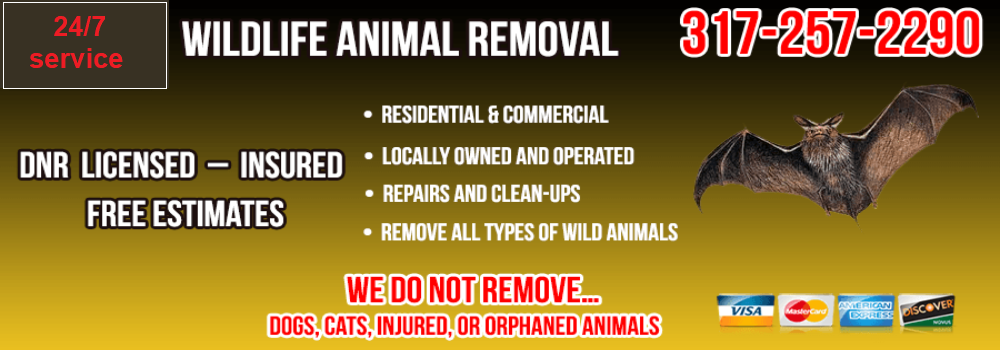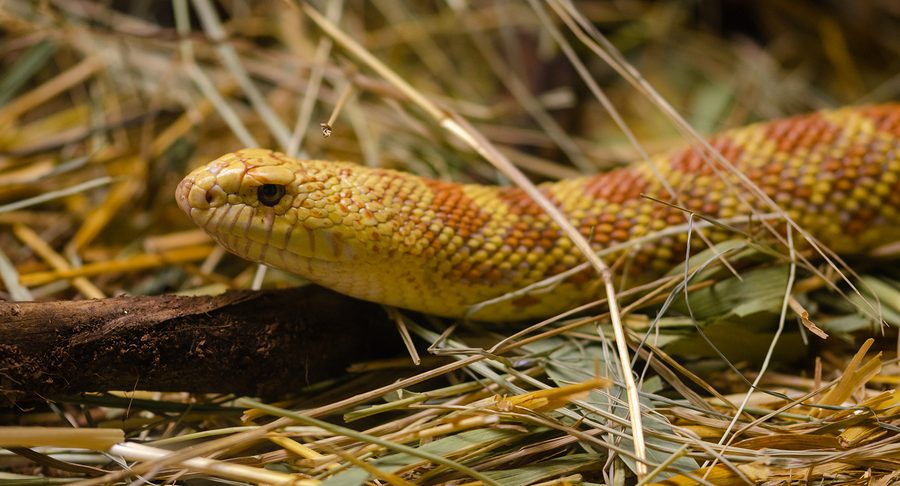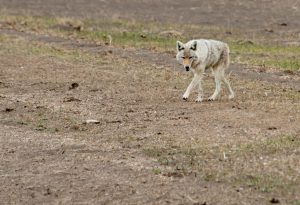If you are someone who has great appreciation and admiration for wildlife, you might be compelled to feed them. Feeding ducks and geese your leftover bread loaves is one thing, but feeding the rest of the local animal population can lead to a load of problems. Continue reading to learn the do’s and don’ts of feeding wild animals around your house.

Wild Animals Will Always Be Wild
Although you find the wildlife around you cute and cuddly, they are nothing of the sort. When feeding wildlife, whether at the state park or your own backyard, never get too close nor trust them. Wild animals take thousands of years to domesticate, which is why dogs and cats are most loyal pets. If you think a squirrel will love you because you feed it, think again! Wild animals are unpredictable. So before you start feeding them, be sure you think it through.
You are Giving Them an Invitation
Furthermore, when you feed wild animals on your own property, you are fully inviting them onto your property. Now, you might think they will come for the food and then leave, but not all species of animal will do this. In fact, there are several species of wildlife that are smart, and will remember your home as a source of food. Rather than coming and going, they can choose to simply make your home their own.
Wild animals, like raccoons, opossum, birds, and squirrels can enter into houses and cause a long list of damages. Not only will they soil everything with their droppings and urine, they will tear everything to pieces, stain floors and ceilings, rip attic insulation, chew electrical wiring, and more. This can eventually happen if animals remember your home as a reliable and consistent source of food.
When it comes to feeding wildlife….
❌ DON’T:
❌ Use human food to feed wildlife.
❌ Use containers with narrow tops or openings that may suffocate animals.
❌ Attempt to touch, harm, trap, kill, or domesticate a wild animal.
❌ Do not attempt to hand-feed animals.
❌ Leave garbage cans open and available, overnight.
✅ DO:
✅ Use animal-specific feeders, such as bird feeders and squirrel feeders.
✅ Place feeders far away from your house and other houses and structures.
✅ Feed less during winter seasons so animals know to hibernate somewhere else.
✅ Contact a wildlife control company if animals become aggressive or annoying.
Indianapolis Wildlife Control Services
Call 317-257-2290 for prompt and professional Indianapolis wildlife control, anytime. We are DNR licensed wildlife control specialists who offer a wide range of residential and commercial wildlife removal and abatement services, including 24 hour emergency service, minor attic restorations, cleanup, free estimates, and more. Request a free estimate, today.




